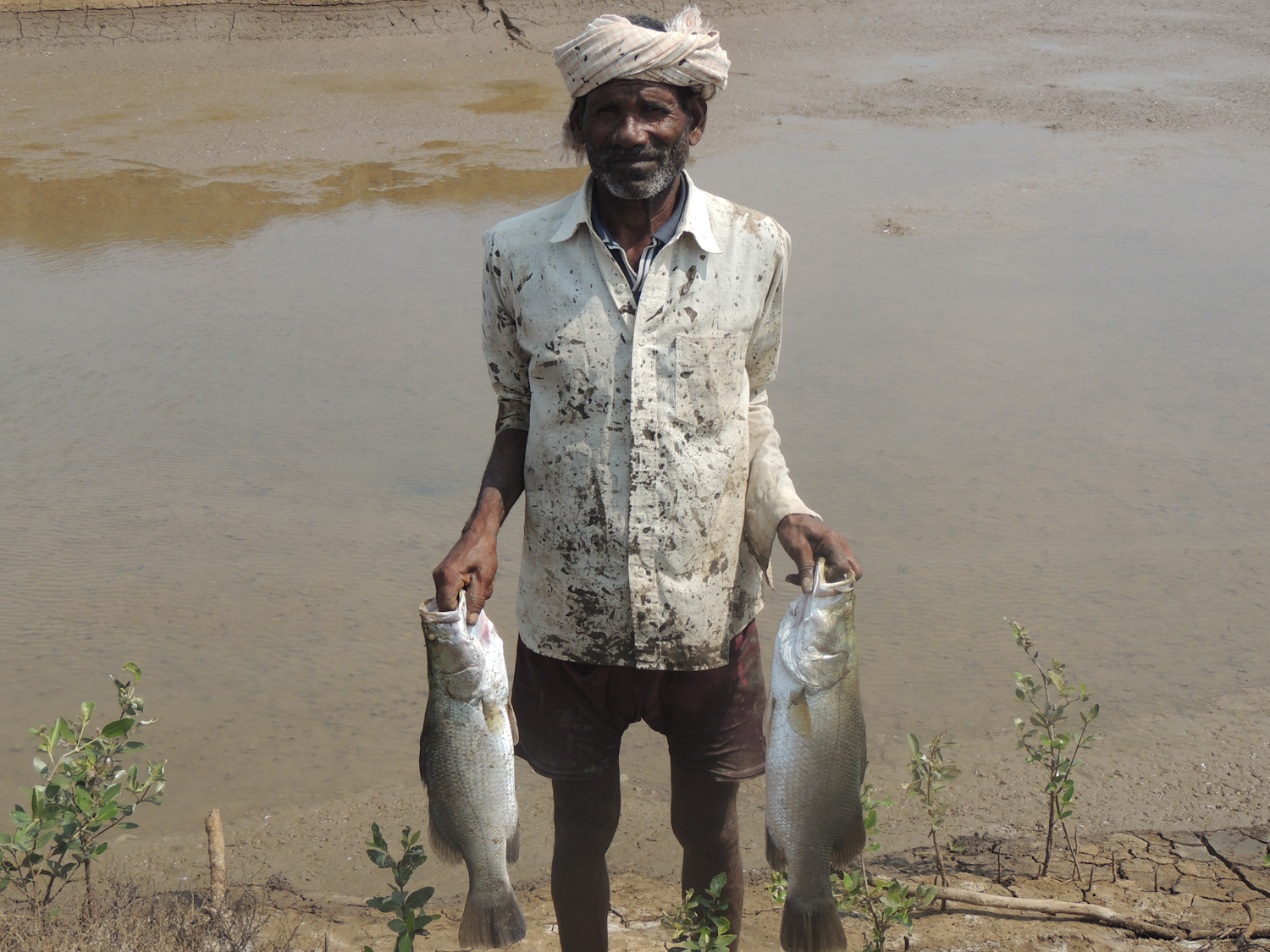Climate funds are the early adopters of a different way of doing finance. One which prioritises the climate, communities and the natural world. (Photo by AF)
[PROJECT STORY]: The Subtle Art of Scaling Up Climate Adaptation
Green finance is one of the frontlines of the climate and nature crises.
Tens of trillions of dollars move through the global economy and financial markets each year. Finding a way to direct that money towards fighting climate change is one of the most pressing and urgent questions we face.
The Paris Agreement contains an important line on climate finance. It says that governments should “make financial flows consistent with a pathway towards low greenhouse gas emissions and climate-resilient development”.
If the world is to be successful in this objective then it would mean nothing less than a complete transformation of the financial sector as we currently understand it. But before that can be achieved there is also a huge amount of groundwork which needs to be laid.
Trailblazers
A variety of different climate funds have been set up to support the goals of the Paris Agreement. And even before the landmark deal was signed there existed funds which helped countries and communities build resilience to the climate crisis. These funds can be seen as the first movers, or early adopters, of a different way of doing finance. One which prioritises the climate, communities and the natural world.
The Adaptation Fund (AF) was established to protect vulnerable communities against the devastating impacts of climate change. Its pioneering approach is to create small-scale pilot projects which are innovative, impactful and can be scaled up elsewhere. By providing entities with direct access to finance from the Fund the work can be conducted quickly, something of great benefit when combating the urgency of the crisis.
Since 2010, AF has committed over US$1 billion across nearly 160 projects with an estimated 42 million people impacted. Its work has touched communities on almost every continent; from coastal erosion in Senegal to water management in the Maldives. Mahamat Abakar Assouyouti is a senior climate change specialist at the Fund. He comments that the scalability of financed projects “allows targeted and efficient use of resources, and ultimately an increased and long-lasting impact,” adding that scalability leads to economies of scale and “enables proof of concept”.
At the Fund’s heart is providing the space and opportunity to affect change where it is needed most, and to set an example for others to follow. This has been seen in the work of the Green Climate Fund (GCF), the world’s largest climate fund with over US$13.5 billion allocated across 240 projects.
Restoring mangroves
One of the clearest examples of scaling up innovation comes from the waterways of Andhra Pradesh in India. The state sits on India’s southern coast and is exposed to an increased number of cyclones and storm surges coming in from the Bay of Bengal. This causes coastal erosion, depleted fishing stocks, and ruined crops from saltwater intrusion.
Read full story from Climate Home News here.


